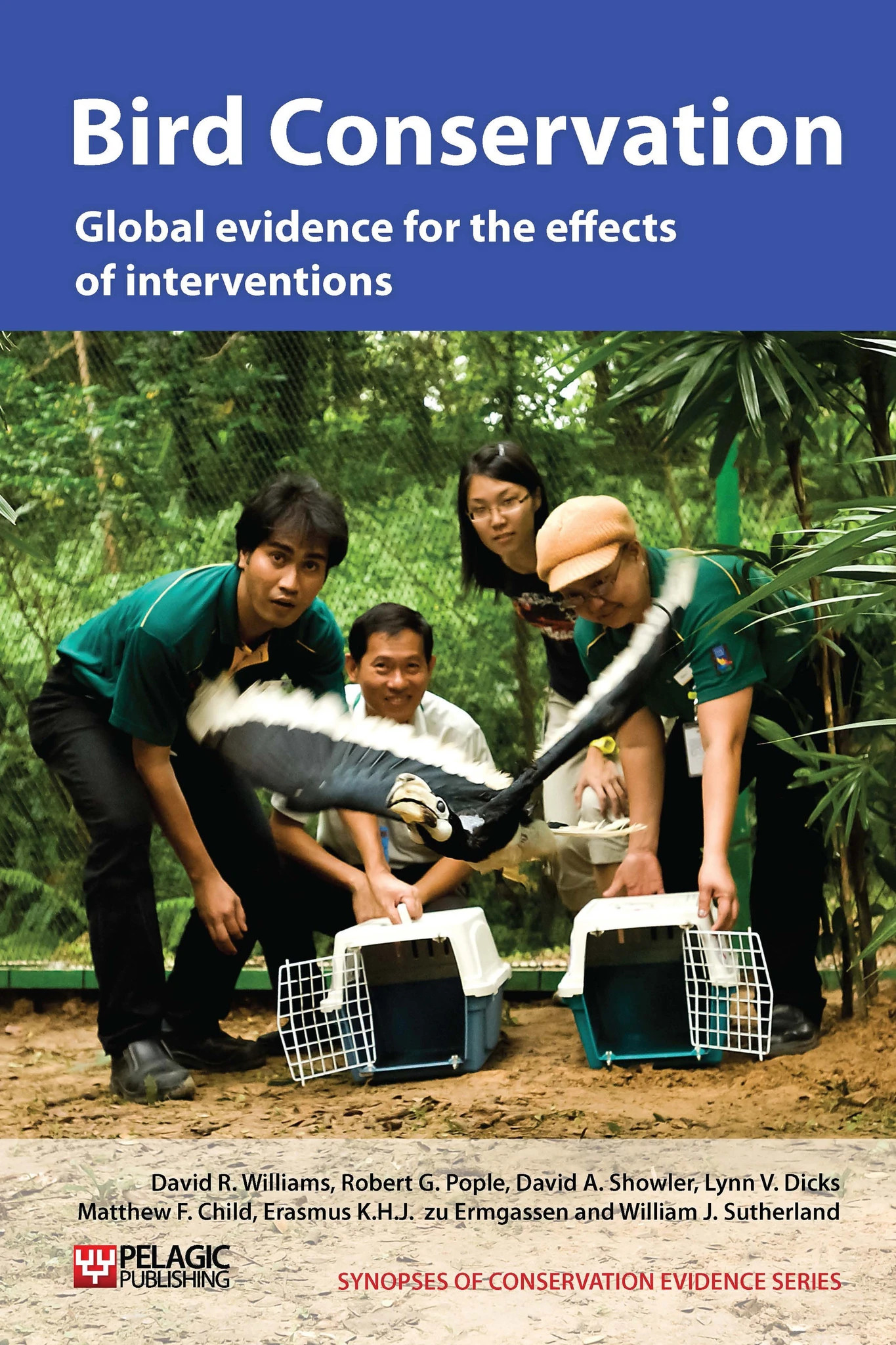Raise water levels in ditches or grassland
-
Overall effectiveness category Trade-off between benefit and harms
-
Number of studies: 7
View assessment score
Hide assessment score
How is the evidence assessed?
-
Effectiveness
65% -
Certainty
55% -
Harms
25%
Study locations
Supporting evidence from individual studies
A replicated study from January-March in 2002 that observed 15 northern lapwing Vanellus vanellus chicks of one grassland site in the Isle of Islay, UK (Devereux et al. 2004), found that raising water levels in the grassland did not affect lapwing foraging rate. Foraging rate increased with decreasing sward height and was greater in ditches than on rigs (strips of cultivated land). Soil moisture, however, did not significantly affect foraging rate after sward height and rig effects were accounted for. The timing of fertiliser application (to promote grass growth) and water level in ditches was manipulated at the field scale, which resulted in a range of soil moisture levels and sward heights. Water level was controlled through sluiced canals along that ran along field boundaries and in-field ditches. The authors point out that spring 2002 was particularly wet and may have confounded any effect of added soil moisture.
Study and other actions testedA before-and-after study at Campfield Marsh RSPB Reserve, Cumbria, England (Lyons 2005), found that five years after water levels were raised in August 1995, breeding common snipe Gallinago gallinago and northern lapwing recolonised the site and that, over the reserve as a whole, breeding curlew Numenius arquata densities were 6 pairs/km² (one of the highest UK breeding densities). Five fields comprising 23 ha of former cattle-grazed, species-poor perennial rye-grass Lolium perenne dominated grassland and arable cropland were restored. Over the five years vegetation also shifted towards target plant communities characteristic of wet grassland.
Study and other actions testedA replicated, controlled (paired) study of wet pasture and bunded and non-bunded drainage ditches in arable and pastoral areas in Leicestershire, UK (Defra 2007), found that bird visit rates were significantly higher in wet pasture (0.2-0.3 visits) than in control dry plots (0.1), particularly in the summer months and in 2006. The authors suggested benefits due to management may increase over time. Visit rates were also higher to ditch-fed paired ponds (1.0 visit/month) than dry controls (0.5 visit/month). Sampling involved bird observations (45 minutes, 1-2/month between April 2005 and March 2007.
Study and other actions testedA replicated, controlled study in 615 grassland fields in Jutland, Denmark (Kahlert et al. 2007), found that permanent grasslands fields under an agri-environment scheme designed to increase water levels had significantly higher numbers of three species of waders (northern lapwing, black-tailed godwit Limosa limosa, common redshank) in 2004-2005 after the scheme was implemented, compared to in 1999-2001, before the scheme. However, this was only the case for fields that successfully retained water (40 pairs before and 90 after for wet fields vs. approximately two pairs before and five after for dry fields). In addition, fields that were dry before the scheme and wet after showed a greater increase (280-290% increase in lapwing numbers) than fields that were wet beforehand (130-170% increases). There were no increases on restored grasslands (formerly cropland), whether or not they were under the scheme, or on control fields (i.e. not under the scheme) that failed to retain water. Numbers did increase on control fields that retained water, but the numbers found on them were no different from those expected if increases were uniformly distributed across the landscape (i.e. birds did not appear to be selecting the fields preferentially). Eurasian oystercatchers Haematopus ostrolagus did not increase on any field types and the authors note that regional wader numbers were still far lower than in 1978-1988. The scheme involved blocking drainage pipes and ‘rills’ (drainage channels) as well as reducing the fertiliser inputs, grazing intensity and restricting when mowing could take place.
Study and other actions testedA replicated study in 1996-2001 in marl prairies in Everglades National Park, Florida, USA (Baiser et al. 2008), found that as water level was increased, predation rates on Cape Sable seaside sparrow Ammodramus maritimus mirabilis nests increased. Of 429 nests found, 210 failed whilst 219 produced at least one fledgling. Nest predation accounted for 97% of failures. Early nests had higher success (47% chance of at least one fledgling/clutch) than those initiated later (1%).
Study and other actions testedA replicated study in 2005-2006 on 70 fields with wet features at nine lowland pastoral sites in east England (Eglington et al. 2008) found that the probability of a field being used by nesting lapwing was significantly higher with an increase in footdrain floods. Fields with footdrain floods held the highest densities of nesting pairs. Nests were more likely to be located within 50 m of footdrain floods and chicks more likely to forage near footdrain floods (in wet mud patches created by receding water). Fields with footdrains, footdrain floods and isolated pools were visited at least once a week (March-July 2005-2006) and the number of lapwing pairs displaying parental behaviour within a 10-min sampling period used as a measure of brood density.
Study and other actions testedA 2009 literature review of agri-environment schemes in England (Natural England 2009) found studies that suggested more expensive agri-environment scheme options for wetland habitats (such as controlling water levels) were more effective at providing good habitat for waders than easier-to-implement options. This review also examines several other interventions, discussed in the relevant sections.
Study and other actions tested
Where has this evidence come from?
List of journals searched by synopsis
All the journals searched for all synopses
This Action forms part of the Action Synopsis:
Bird Conservation
Bird Conservation - Published 2013
Bird Synopsis





)_2023.JPG)














